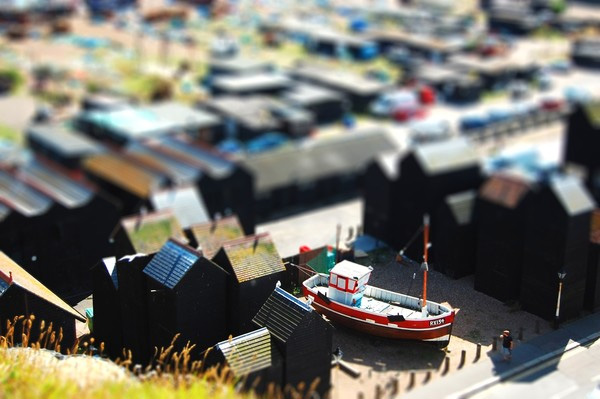Tilt shift photography seems to be the next upcoming trend with photographers.
What is tilt shift photography?
“Tilt-shift photography” refers to the use of camera movements on small- and medium-format cameras, and sometimes specifically refers to the use of tilt for selective focus, often for simulating a miniature scene. Sometimes the term is used when the shallow depth of field is simulated with digital postprocessing; the name may derive from the tilt-shift lens normally required when the effect is produced optically.
“Tilt-shift” actually encompasses two different types of movements: rotation of the lens plane relative to the image plane, called tilt, and movement of the lens parallel to the image plane, called shift. Tilt is used to control the orientation of the plane of focus (PoF), and hence the part of an image that appears sharp; it makes use of the Scheimpflug principle. Shift is used to adjust the position of the subject in the image area without moving the camera back; this is often helpful in avoiding the convergence of parallel lines, as when photographing tall buildings.”
Taken from Wikipedia
In not so technical terms, Jack Ambridge has published a set of tilt-shift photographs titled “Little Lands” that he captured of Sussex, England, that makes the landscapes look like miniature toy models. Its a very creative way of using blur to place emphasis on a particular area of the photograph.
The photos look kind of fake and my prediction is that only a handful of people will actually enjoy the technology side of what a tilt shift lens can actually do.
Here are some examples of his work.








Source: Trend Hunter







